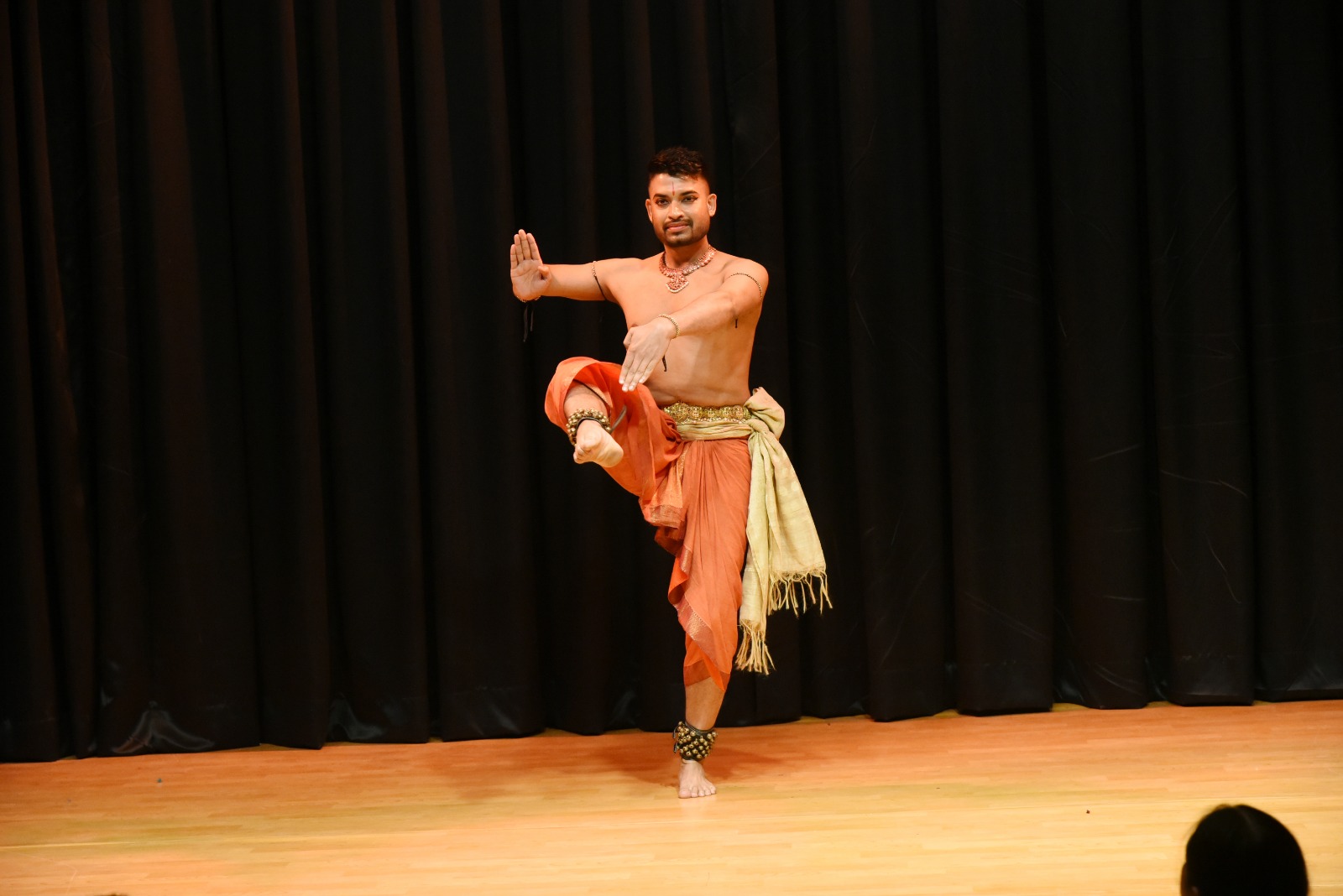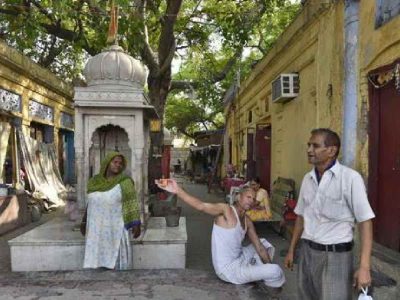In the mesmerising world of Indian classical dance, where grace meets tradition and storytelling transcends time, male dancers often find themselves navigating through a labyrinth of societal stigma and prejudice. Their journey is not just about mastering intricate movements or perfecting expressions; it’s a battle against stereotypes, online trolling, and systemic biases that threaten to stifle their passion and aspirations.
In conversations with several male Indian classical dancers, a common thread emerges: the importance of educating society, particularly parents, about the value of their craft and the emotional toll of discrimination. They share poignant stories of emotional trauma inflicted by family members and society who fail to understand or support their aspirations.
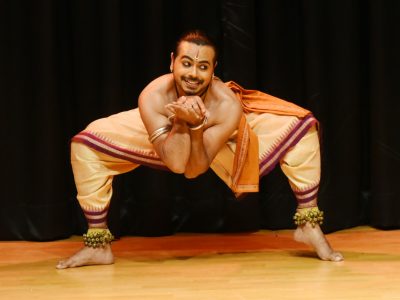
The heat of trolling
For Vinay Tiwari, a Bharatnatyam dancer, the battle is not just about pursuing their passion; it’s about reclaiming their dignity and challenging the entrenched gender norms that confine them.
“I have been at the receiving end of vitriol on social media for uploading my videos where I am performing an Indian classical dance form. The trolling was vulgar to the extent that it was abusive to my parents in nature. On most instances, I ignore but sometimes it gets to you,” he said.
Dance, like many aspects of society, is gendered, with classical dance particularly affected.
Spectators anticipate women performing soft, graceful movements, while men are expected to exhibit strength and ruggedness.
Responding to it, he said, “This contrast is epitomised in Hinduism, where Shiva Nataraja, a male deity, embodies the vigorous Tandava dance, while classical dance demands grace and finesse typically associated with femininity. Does embracing classical dance entail a transformation towards a more feminine physique?”
Underscoring the transformative power of Indian classical dance in breaking down barriers and fostering empathy, he said, “By embodying both male and female roles on stage, male dancers gain a deeper understanding of the female perspective, transcending gender boundaries with each graceful movement. It’s a journey of self-discovery and empathy, where art becomes a bridge between disparate worlds and stereotypes are shattered under the weight of shared humanity.
“Male dancers are even booed for putting make-up on. That is a childish thought because anybody who goes up on stage has to apply make-up,” he added.
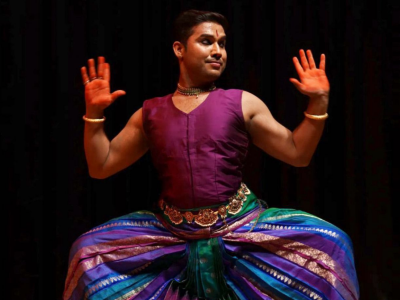
S Vasudevan, an Indian classical dancer for 28 years, pointed out that the nature of being “nameless and faceless adds to the audacity of leaving hateful comments on social media”.
“You are uploading a video and henceforth you have no control over it. It’s out there for the world without regulation, so anyone can jump in,” he said.
Lack of acceptance
The scarcity of male dancers in classical forms isn’t solely due to social stigma; limited platforms and festivals hinder their opportunities, even though “things are changing for the better”.
Moreover, the patriarchal structure of society dictates that males prioritise conventional careers to provide for their families before pursuing their passions.
“The allure of corporate success and stable government jobs often overshadows pursuits in art, dance, and music. How many can afford to dedicate themselves to dance without the weight of societal expectations? Besides, it needs dedication and several hours of the day for practice. Not everyone can pull this off,” said S Vasudevan.
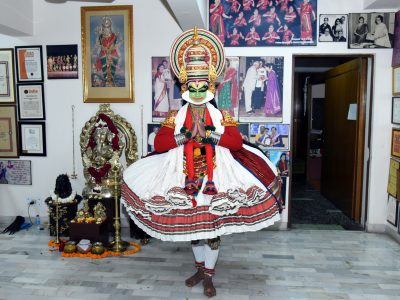
However, despite the profound impact of male Indian classical dancers on stage and in society, government efforts to promote their artistry fall short.
Many schools, both public and private, continue to perpetuate gender biases by favouring female dancers for teaching positions. This systemic discrimination not only limits opportunities for male dancers but also reinforces stereotypes about who can and cannot excel in the world of Indian classical dance.
“I was rejected by one of the top government schools in Delhi despite having all the qualifications and years of experience because it did not want a male dancer. They said they are looking for a married woman,” Tiwari said, adding that male dancers refuse to be silenced or sidelined.
They continue to defy expectations and carve out their own path, drawing strength from their passion and the unwavering support of fellow artists and allies.
Vasudevan concurred with Tiwari and said that such prejudices do exist.
“I must say that a lot also depends on training dancers, as well as students and their parents. Students must be taught the difference between a good and a bad touch because a lot of times for posture correction, a certain degree of physical contact is required. This the schools should do instead of barring male dancers,” he said.
Need for awareness
Bullying permeates various spheres of life, yet male dancers endure some of the most relentless mockery, spanning from their formative years through professional life.
While the sight of men indulging in freestyle dance is widely accepted as a form of celebration, the transition to classical dance unleashes a barrage of eye-rolls and taunts.
“This is all part of conditioning that the society has because it is not rocket science to understand that Indian classical dance forms need immense amount of strength, agility and endurance, apart from flexibility. Imagine if one has to sit in the squat position for hours! In fact, I always tell my students that if you dance for one hour, you have to focus on your exercises for two hours because you must strengthen each of your joints and muscles,” Tiwari said, lamenting the lack of global popularity of Indian classical dance forms in comparison to western ones.
Discussing the lack of outreach of Indian classical dance forms, Nilay Mandal, a performer from Kolkata, said that there is a dearth of efforts in spreading awareness of traditional dance forms to the remotest corners of India, irrespective of gender.
“If you do not leave opportunities for male dancers in the public and private forum, parents will discourage boys from pursuing it as career. Being apprehensive of a bleak future is unsurprising. Besides, art is all-inclusive, but due to lack of enough centres, it is today becoming restrictive. Only a certain section of people has access to it,” he said.
“There also must be more attention to educating the society that eventually gives birth to young parents so that children are not traumatised for wanting to pursue a career path that goes beyond the conventional choices. There is a lack on that front,” Nilay added.
Talking about the educational system, Vasudevan said, “Even in the Indian educational system, fine arts is treated as ‘extra-curriculum’. So, something that is treated as an ‘extra’, will automatically garner less importance.”
The dancers performed in Delhi recently at a day-long event celebrating Shivaarghya — a festival dedicated to male dancers. It was conducted by Ganesa Natyalaya, a premier Bharatanatyam dance institution.
Brainchild of late Guru Saroja Vaidynathan, this initiative was started in 2019 to give opportunities to young male dancers who are talented and have taken dance as their full-time profession.
The festival was attended by teachers, students and dance lovers.

